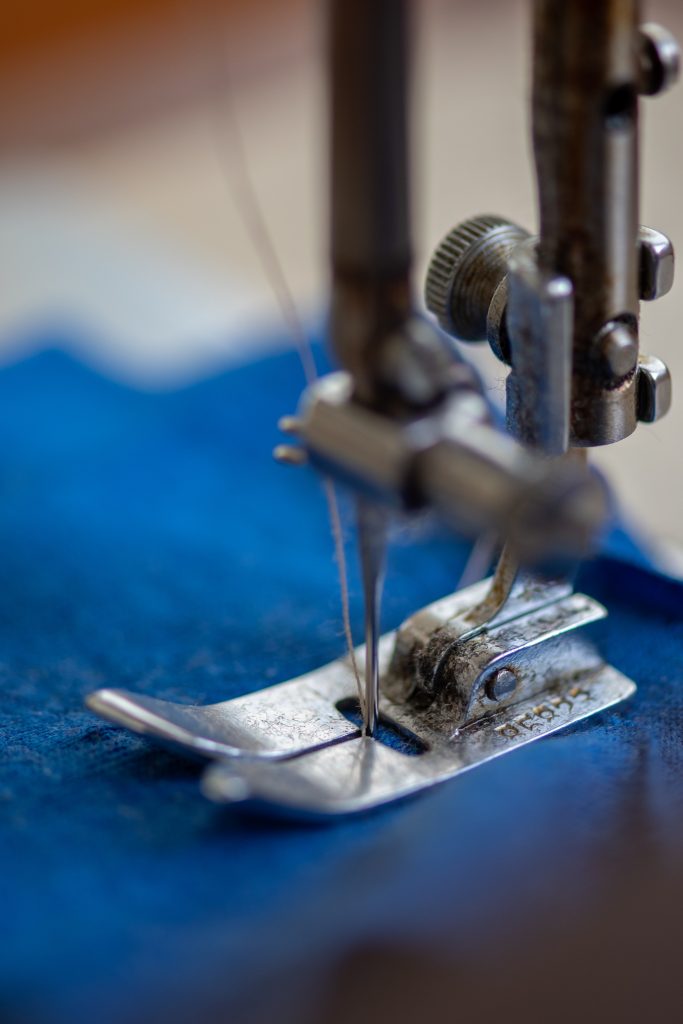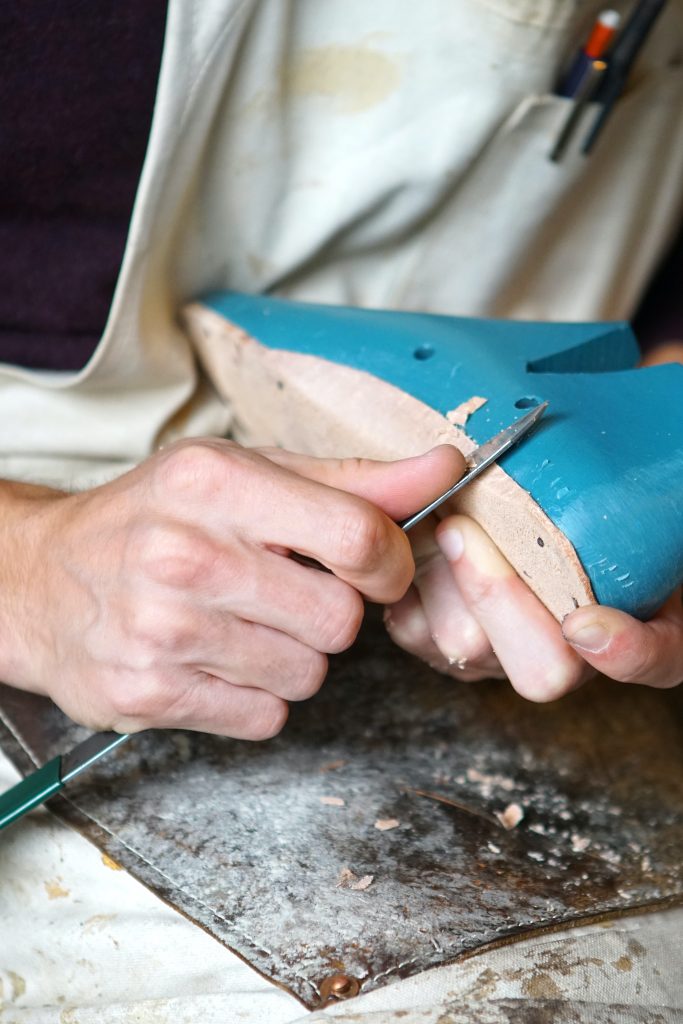Many survivalists continuously check and rotate their potable water and food stores stocks and make sure their AR15 provides dependable operation and efficiency and that they have plenty of ammunition. Each veteran prepper will also ensure they stock sufficient stores of survival equipment such as radios, maps, survival tools, and plenty of paracord for building shelters.

Suppose you’ve been in the survivalist circle for longer than a few months and are confident in your off-the-grid stocks. It’s probably safe to say that you’ve already thought to include several clothing changes to accommodate survivability depending on the weather conditions amongst all those bug-out bags. Where the problem begins is when tough stuff hits the fan, and you and your family’s life changes dramatically to the point that your off-the-grid lifestyle eventually becomes your daily grind. Many survivalists have a checklist to make sure they are prepared. Is your AR scope still zeroed in and are your rifle’s well maintained? Do you have enough ammo? When’s the last time you checked your potable water and food stores stocks?
Yes, you may have learned all the necessary skills to forage for food and water when the supplies run out, and you probably took advantage of the pre-disaster time to learn and practice hunting skills when the food sources thin out, but what about your clothing? Shirt and pants fabric will wear out much faster than the internal mechanics of your tools and AR15. Although you may be able to muster up enough skills to mend the rips, eventually, the clothing you and your family donned at the beginning of your venture and the clothing you stocked will wear to the point that you’re going to have to replace them.
Keep in mind that if everyone who lived through the disaster is in survival mode, the chances of making a trip to a local store and picking out a few outfits off the rack will probably not happen. Aside from eventually being forced to wear a few well-placed fig leaves to cover the appropriate areas, you may want to consider how to make your fabric and how to make your clothing.
The Material Comes First
When making your survival clothing, the first skill set you’ll need to master is how to make the material you’ll use to make all the clothing. If you think you’ll be able to depend on an overabundance of leather on the hoof, remember that food and leather sources on the hoof such as cattle and deer will become scarcer as the length of an emergency expands.
Not only will you not be able to bag multiple leather options for you and your family, but you’ll not be able to score material, patterns, or even the tools necessary to make shoes or clothing. Remember that for hundreds of years before we came into the picture, our ancestors relied on readily available cotton, flax, hemp, and other plants to create clothing material and thread with manually operated spinning wheels and looms.

You may be thinking right now that it’s not like you’ll be able to carry around a full-sized fabric loom around with you each time you bug out to a new location, but you don’t have to. You’d be amazed at the amount of yarn material you can create with a drop spindle, a spinning wheel, and even a good pair of sturdy crochet needles. If you’re already into knitting, you’re ahead of the game when it comes to making sweaters, gloves, hats, and other types of clothing for you and the family. Begin investigating the skills you’ll need to find, grow, or collect the plants you’ll need for creating material now. After you’ve mastered those, then practice using a manual spinning wheel or drop spindle until you can instinctively spin fibers into workable yarn or thread. One thing to note about drop spindles is that they come in various sizes to meet the needs of the fiber you’re attempting to spin.
Fasteners and Tools
During an extended emergency, don’t expect to find an abundance of zippers, hooks-and-eyes, and even Velcro fasteners for your survival shirts, coats, pants, or shoes. You’ll probably need to rely on buttons made from animal bone, sanded, or carved wood in an actual survival situation. You can use just about anything at your disposal when making buttons, so long as you can poke between two or four holes of sufficient size that allows you to pass your survival-made thread through.
When it comes to tools to use when making your survival clothing, you’ll probably want to have one or two bug-out bags dedicated to only what you’ll need when putting the material together. While the list of tools you’ll need to carry is not exhaustive, ensure you have crochet hooks of various sizes and knitting needles, again in multiple sizes.
When it comes to cutting thread or the material you’ve created with your drop spindle, then you’ll need small scissors for the yarn or thread you make and a larger pair for the thicker pieces of leather or material. While many of you may have used patterns to cut out your clothing material, you’re probably not going to get a chance to shop for pre-cut patterns. In your survival clothing bug-out bags, be sure to include an ample supply of large paper bags or newspapers to shape and cut out your latest survival fashion designs. Finally on the list, your clothing survival kit should include a significant number of push pins, stick size guides for knitting, a flexible tape measure, and when working with leather, a reliable leather punch or awl to top it all off.
Better Than a Pair of Moccasins
It’s an excellent possibility that you’re not likely to find a sufficient supply of resins or synthetic rubber to fashion soles for a new pair of dependable shoes in the post-disaster world. However, if you stumble across a cache of old tires, you’ll want to ensure you cut several swatches of the tire to take along. Rubber tires make perfect soles for a pair of lightweight survivalist shoes. One thing you’ll need is a few shoe forms in various sizes, and since you’ve already included heavy-duty scissors in your kit for material, the same should handle your leather or canvas cutting needs as well.

A good pair of dependable survival shoes made from canvas or leather uppers, rubber lowers, and yes, even wood will become second nature after a few attempts. If you think crafting a pair of dependable shoes out of wood won’t work for you, here’s an interesting fact. Wooden shoes, or clogs, were created in the thirteenth century, worn for everyday use by the local peasantry, and eventually became fashionable footwear in the fourteenth century.
As with any skill you’ve never attempted before, growing, or locating the right plants to form yarn, thread, and material, learning how to shape clothing patterns out of paper bags, and building a pair of dependable shoes with canvas uppers and tire lowers will take a lot of practice. It’s doubtful you’ll not learn these skills by osmosis, so you’ll need to start now to be ready when left to your own devices and making your own clothing while off the grid.
